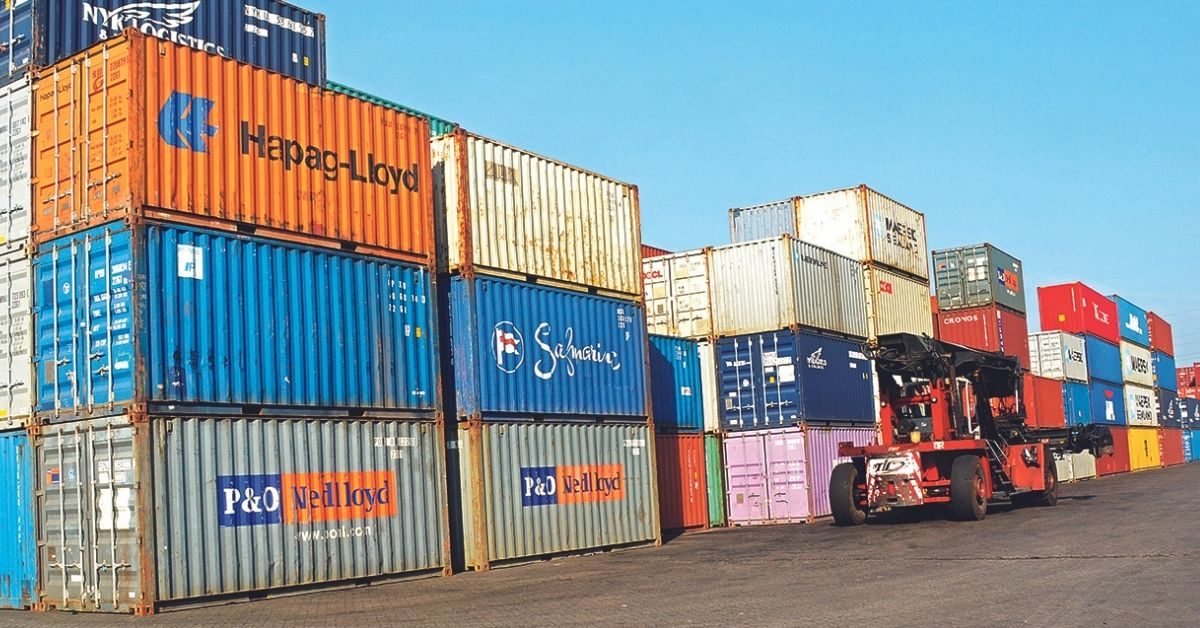The Indian government is working harder to address a severe container shortage that exporters are facing, which is being made worse by an increase in shipments from China that are intended to get around U.S. tariffs.
To increase container availability, the Shipping Ministry is putting various policy measures into effect in coordination with the Railways and other line ministries.
The global container scarcity has gotten worse as a result of Chinese exporters “front loading” supplies to the United States in order to evade upcoming taxes, according to internal negotiations among these ministries. According to a representative of the Shipping Ministry, the rush has raised demand for containers, further taxing supply.
With new taxes on Chinese goods ranging from 25 percent to 100 percent, Chinese exporters are stockpiling containers in anticipation of future rises. Front loading is the technique of speeding costs or advantages to the earlier phases of a process.
The Shipping Corporation of India (SCI) intends to hire five more container ships in order to greatly increase shipping capacity in response to this problem.
To enhance the use and distribution of these vital resources, the Jawaharlal Nehru Port Authority (JNPA) is also creating a centralized system for handling empty containers at important ports.
Additionally, by drastically lowering handling and storage fees for containers that have been at ports for more than 90 days, the Railway Board has reduced expenses by 70–80%. It is anticipated that this cut will increase exporters’ access to containers and reduce freight costs.
The problem became well-known in July and August when a notable scarcity was noted prior to the initial round of tariff hikes by the United States.
In response, shipping costs from China have increased; according to current statistics from Drewry, the world container index increased by 4% to USD 3,213 per forty-foot equivalent unit (FEU).
Due to continuous logistical inefficiencies, such as port congestion, and geopolitical tensions, freight prices for Indian exporters have more than doubled in the last year.
The Shipping Ministry is creating regulations for Vessel Sharing Agreements (VSAs) to help the container shipping industry. If a percentage of the space is given to Indian-flagged vessels and non-vessel operating common carriers, the industry may be exempt from antitrust laws for three years.
These government actions are essential in guaranteeing that Indian exporters have the container capacity required to satisfy global demand given the continuous complexity of global trade dynamics.







